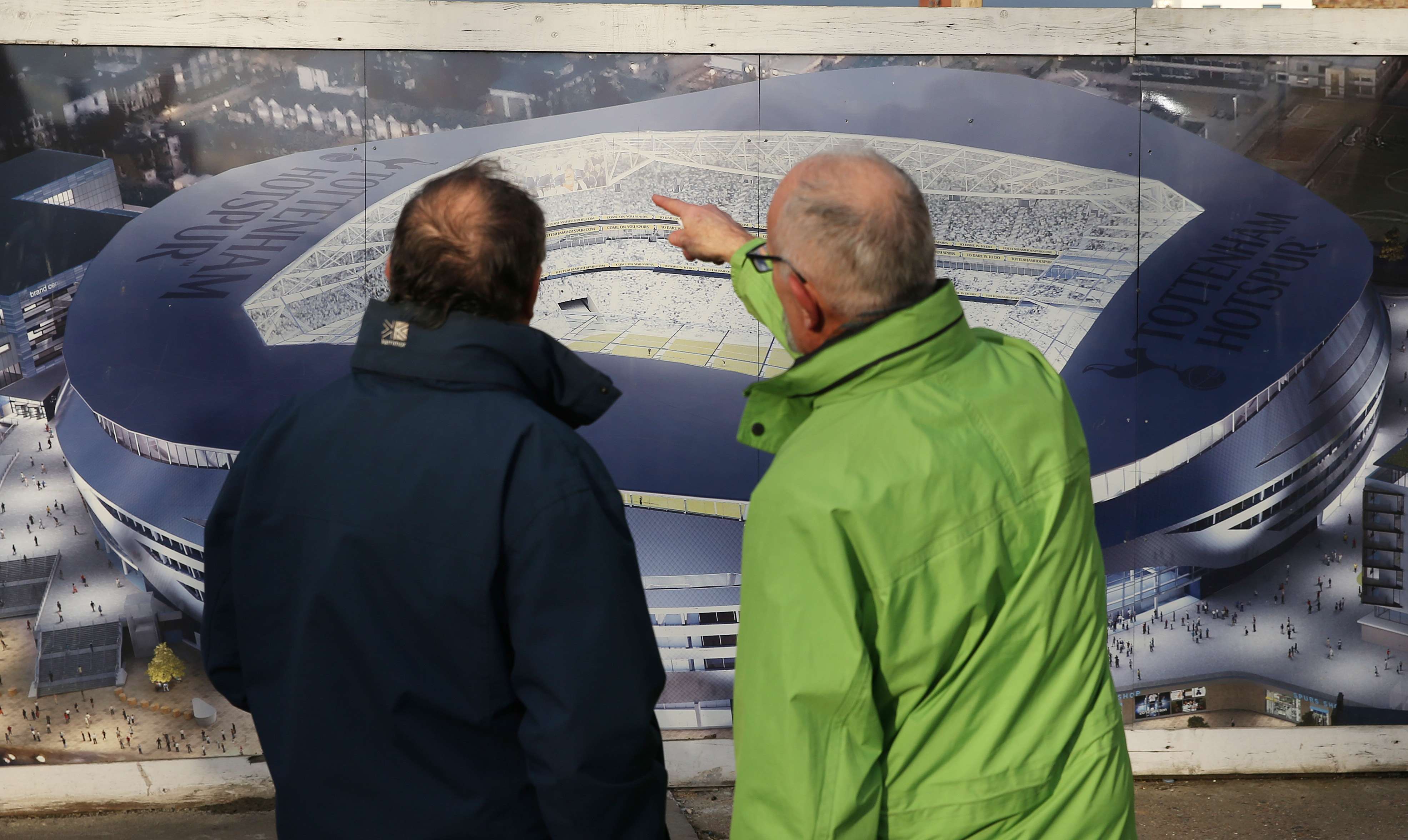Why incorporating technology into new stadia is vital for sport’s future
Sport is a global business and that’s only going to get even more pronounced in the coming years.
Live-streaming services like Amazon Prime as well as social media platforms like Facebook and Twitter are buying up rights to stream live sporting events seemingly every week, and even publishers who can reach millions of people on those platforms are snapping up rights, too. There’s never been as much sport so readily available for live consumption before. And that trend looks set to continue.
And yet, it has to take place somewhere.
One of the often overlooked parts of the sporting landscape is the local, rather than the global. And that’s increasingly under threat: as it becomes more convenient to watch live sporting events on TV – or, indeed, any device you own – it becomes less attractive to watch it live in-person. And for the big behemoths like the Premier League – whose worldwide audience tunes in partly for the look, feel, and atmosphere of a big English football game – losing the crowd’s voracity would surely be nigh-on catastrophic in the long term.
Enhancing the atmosphere is clearly very important, then, as is making sure that going to the ground is as attractive a prospect as watching it at home. And to do that, the stadium experience needs to differentiate itself from the broadcast one.
Over the last few months and years, there have been some technological innovations which are attempting to do just that. Bury FC became the first English football club to go cashless around its home ground, for example. Not only does that sort of initiative aim to speed up the process of buying merchandise, food or drinks, but it also creates something of a stadium bubble, making it a bit different to everywhere else. The same can be said for apps which tell people where the nearest toilets or bars are, or even helps them to their seat if they need directions.
Then there are AR apps which could well be game-changers, too.
And yet, these sorts of innovations might find themselves pushing along at a speed which is too fast for the stadiums themselves to react. Especially in the UK, even just getting your phone to work is a struggle.
“If we’re going to have apps to allow fans to find their seats or order food to their places, they’ll need an internet connection,” says John Rhodes, the director of architecture and engineering firm HOK’s Sports + Recreation + Entertainment practice. The firm built the new Mercedes Benz Stadium in Atlanta, Georgia, and will host the 2019 Super Bowl, and recently became North America’s first LEED (Leadership in Energy and Environmental Design) Platinum Professional Sports Stadium.
The fact that so many older stadiums don’t have something as simple as a WiFi connection shows, in itself, why going to a game can often mean missing out on the trimmings around sport that we’ve grown accustomed to. Social media, expert insight and statistical analysis is just a click away when you watch on TV or through live streams. Attending a big game with tens of thousands of others all trying to connect to the same 4G signal means missing out unless there are provisions made.
When it comes to building a new stadium, building it with working WiFi isn’t really a case of future-proofing – it’s needed already – but anything that might include foresight, when building new grounds or adding to existing ones, is clearly important in an age when technology advances so quickly. And yet, it’s often hard to see a stadium as something that has to move with the times. Usually it’s seen as something that’s needed now.
“There is always a challenge of balancing the aspiration of future proofing a stadium IT infrastructure with the capital expenditure,” says Rhodes. Because although you can be sure that technology will advance, you can’t be sure which particular things will take off and which will flounder or flop. And that makes investing in specific technologies tricky.
It also makes being smart and choosing the right ones crucial, because being able to adapt to demand later in is important.
“Teams and owners,” Rhodes thinks, “are just starting to see such infrastructure as a means of creating additional revenue, rather than a baseline cost to be absorbed.” And that bodes well for the future. Rather than just building a stadium that’s fit for today, it’ll pay to think about what will be necessary in the future to ensure a stadium is still an attractive prospect for fans. Otherwise, why would they bother showing up?
About author
You might also like
The seven essentials for achieving successful sports branding
By Daniela McVicker When it comes to sports, great branding is a must. Your brand influences how people see your company or team. It helps you to forge connections with
Live Chat: A New Social Experience in Sports
Article written by John S. Kim, CEO and co-founder of global API company SendBird Social media rose to prominence throughout the world due to its potential for connection. Social channels provided the
Snack Media’s Football Content Campaign’s Review: February
By Mike Constanti This series, in partnership with Snack Media, will look at the best football campaigns from advertising to social media on a monthly basis, as Digital Sport evaluates how










